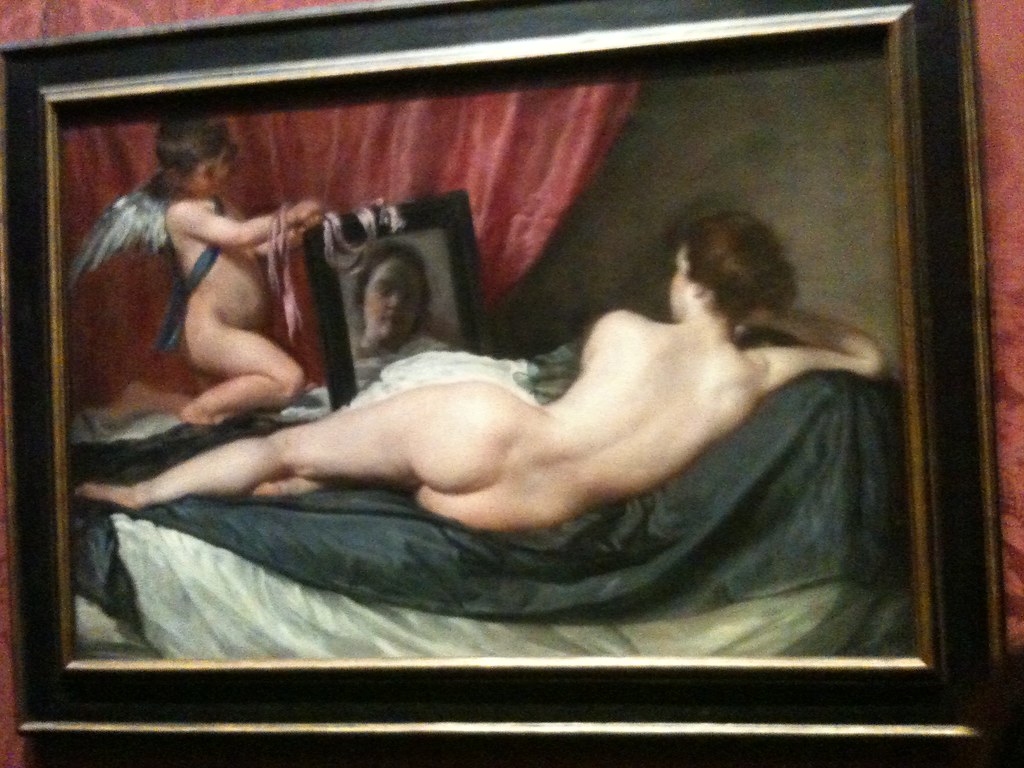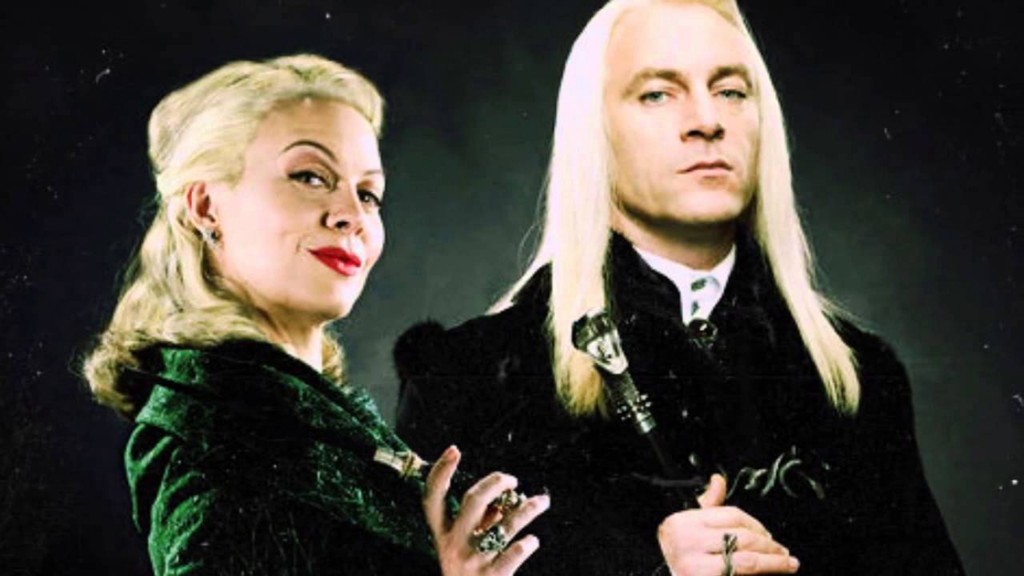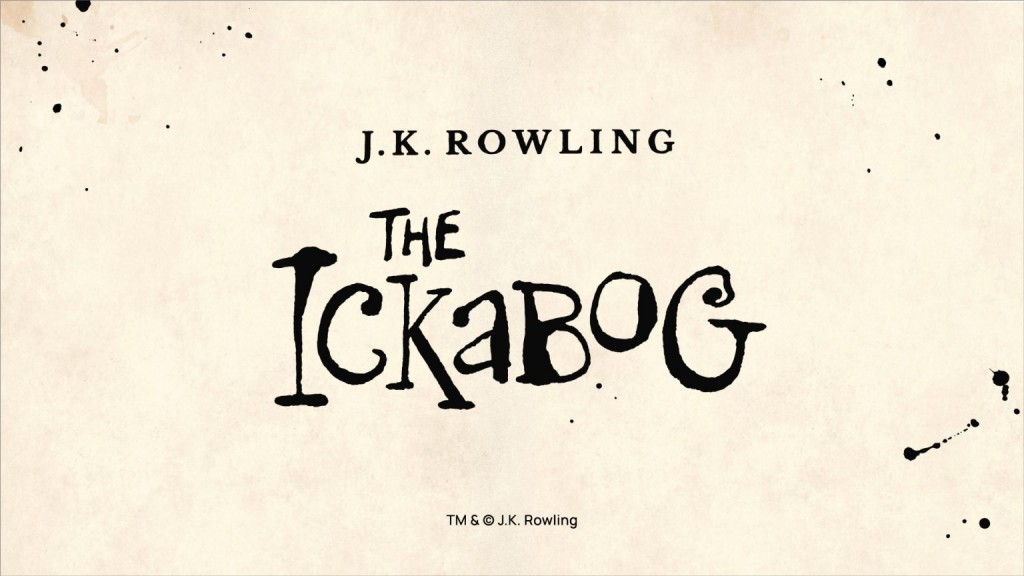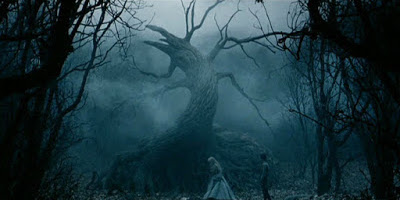Harry Potter and the Mysteries of Cormoran Strike – Part 2: Cratylic Names

Nov 06, 2020
News
In yesterday’s post, Dr Beatrice Groves, Research Fellow and Lecturer at the University of Oxford, began unpacking the mysteries of Galbraith / Rowling’s Cormoran Strike series, and its narrative’s similarities to the Harry Potter series.
Focusing her research and teaching on early modern literature and drama (Shakespeare in particular), her book, Literary Allusion In Harry Potter, explores J.K. Rowling’s references to famous Western literary canon throughout the Harry Potter series.
Carry on reading for Groves’ exploration of names in each series (via Rowling / Galbraith’s use of cratylic names), and even some similarities to Rowling’s newest publication, The Ickabog:
Harry Potter and the Mysteries of Cormoran Strike – Part 2: Cratylic Names
Robert Galbraith’s homepage notes that ‘most of the Harry Potter stories are whodunits at heart’ which makes Rowling’s choice to write detective novels more of a shift of setting than a shift of genre. Over the last few years Rowling has been working on Strike and the Wizarding World simultaneously and while (as she notes) they are ‘discrete places in my head’ – ‘Cormoran Strike has never reached for a magic wand, and Newt Scamander doesn’t limp or drink Doom Bar’ – there are many moments in Strike when Harry Potter fans may detect the creative imagination they already know and love. And one of these is her trademark fondness for colourful – and often cratylic – names. A cratylic name is one in which the name corresponds to the nature of the thing named: such as having a mirror with a mirror-name (Erised) or a bank called Gringotts (which has ‘ingots’ tucked away within it). Dumbledore’s name is an example of Rowling’s excellence at cratylic naming. The sound of the name evokes a friendly dependability – the repeated ‘d’ sounds are solid and reliable, while the soft ‘um’ sounds warm – and, as Rowling has noted, it ‘sounds endearing and strangely impressive at the same time.’
A subtle link that I love between naming in the two series is that Rowling uses the name ‘Culpepper’ for a character in Strike. This is not a name that ever turns up explicitly in Harry Potter, but the guiding hand of a seventeenth century book called Culpepers Complete Herbal is legible in almost all the plants and potions of Potter (as I have argued here).
Rowling’s love of meaningful names is one of the most thoroughgoing connections between the two series. Harry Potter’s cratylic names are an exuberantly inventive, as well as highly informative, part of its imagined world. Pretty much every character in Harry Potter has a cratylic name – a name that gives away something about what they are like. Percy Ignatius Weasley’s middle name, for example, suggests that, like Ignatius Loyola – who underwent a famous conversion – he might switch sides. Minerva McGonagall (like the goddess Minerva) watches over schoolchildren, and Cadmus Peverell (like the classical Cadmus) was engaged in a hopeless quest for a lost loved-one. Poppy Pomfrey – whose name contains no fewer that three healing plants – was always going to be a dab hand in the infirmary.
Rowling continues these onomastic (naming) games in Strike. Jonny Rokeby, for example, has a particularly suitable surname for a lothario: someone both seductive and troubling. For in England ‘Rokeby’ signifies just one thing: Velázquez’s astonishing nude, the Rokeby Venus.

This beautiful painting is indelibly connected with both violence and questions surrounding the objectification of women, for it was famously slashed by a suffragette. Rowling mentioned suffragette history in Lethal White (Emily Davisonspending the night in the Houses of Parliament ) and, for Rowling, ‘Rokeby’ would certainly conjure up the actions of another suffragette, Mary Richardson:
On 10 March 1914, the suffragette Mary Richardson walked into the National Gallery and attacked Velázquez’s canvas with a meat cleaver. Her action was provoked by the arrest of Emmeline Pankhurst the previous day, although there had been warnings of a suffragette attack on the collection. Richardson left seven slashes on the painting, causing particular damage to the area between the figure’s shoulders.
Richardson was sentenced to six months’ imprisonment, the maximum sentence for destruction of an artwork. In a statement shortly afterwards, Richardson explained, “I have tried to destroy the picture of the most beautiful woman in mythological history as a protest against the Government for destroying Mrs. Pankhurst, who is the most beautiful character in modern history.” She later commented that she didn’t like “the way men visitors gaped at it all day long”.
It may be too much to infer from this that Rokeby may have had something to do with Leda’s death (but then again…).
The cratylic names of the Strike series are at their most self-conscious in Silkworm). Owen Quine, the author within the story, uses bombastically cratylic names in his own writing – a number of which are described as embarrassing by other characters. This may be a self-deprecating joke on Rowling’s part, but it is also a hint about the true authorship of Bombyx Mori – for Owen Quine himself has a brilliant, and startlingly apt, cratylic name. Owen Quine ends up sharing the fate of his fictional alter-ego and a ‘quine’ is the name of a self-replicating computer program: a program that can only produce a copy of itself. Owen Quine produces a copy of himself in Bombyx Mori (becomes his ‘own quine’ in fact) and that this text is itself replicated. Quine’s apparent self-referentiality in this text – ‘Quine was repeating himself. That’s the second thing from Hobart’s Sin he put in Bombyx Mori’ (Silkworm, 242) – turns out to be an important clue.
Lethal White, likewise, has a number of cratylic names. When Della confuses ‘Venetia’ (Robin’s cover name) for ‘Verity’ it makes sense that the latter is Chiswell’s ‘true’ goddaughter. Jack O’Kent, likewise, is an illuminating nickname for Chiswell to give to Billy and Jimmy’s father. Jack O’Kent is a folkloric character famous for his deals with the devil – and Jack outsmarts the devil by fulfilling these bargains to the letter, but not the spirit. It draws attention to the idea that Jack O’Kent has made a ‘devil’s bargain’ with Chiswell – although in this case it will be Chiswell who fails to honour it. Another strikingly cratylic name – with a subtle Harry Potter connection – is Raphael’s. The angelic source of Raphael’s name is underlined when we are told his mother is called Ornella Serafin. Ornella presumably named Raphael after the ‘seraphim’ associations of her surname, and the idea of angel names running in families is reminiscent of the way in which star and constellation names run in Death Eater families. Stars and angels are both shiningly bright, but they share the same inauspicious onomastic forebear: Lucifer.

Harry Potter’s pure-blood families name their children after stars (Merope, Sirius and Regulus Arcturus) and constellations (Orion, Cassiopeia, Draco and Scorpius). One of the reason such names may be in fashion among Death Eaters is that Lucifer – once among the most high angels – shares his name (meaning ‘light bearer’) with the morning star: ‘how art thou fallen from heaven, O Lucifer, son of the morning!’ (Isaiah 14.12). Lucifer’s name means that angel names, like stellar names, have dubious connotations in literature. In Harry Potter Lucius’s name is close to Lucifer’s and Shakespeare has a similarly named character (Lucio) in Measure for Measure. Lucio’s name may be partly there to remind the audience about angels who fall. The protagonist of Measure for Measure is called Angelo, and his name (like Raphael’s) promises light and yet reminds us of the prince of darkness. Angelic names in fiction tend to be rather a bad sign, and Raphael’s is no exception.
Cratylic names remain an important device in Troubled Blood. Margot, for example, is a diminutive of the name Marguerite – the French name for a daisy, derived from ‘margarita’ (Latin for pearl) because daisy buds resemble a row of pearls. This is particularly satisfying as it links Margot with Lily Potter – likewise an unknown mother, murdered when her only child was one year old, whose name is connected with a white flower. Lilies and pearls are, likewise, both traditional images of the Virgin Mary – the perfect mother – and these names intimate that as we discover more about these loving, fearless, murdered women we will find them, likewise, to be perfect maternal exemplars.
In the main, however, the cratylic names in Troubled Blood are literary in origin. Edmund Spenser, of course, is stressed as a source in the novel’s seventy-three chapter epigraphs from his poem, The Faerie Queene (1590/96) – and many of Troubled Blood’s names derive from this epic Spenserian source. Cynthia, for example, recalls a traditional name for the Faerie Queene herself, Oonagh is named to recall Una (the heroine of Book 1) and there is also a ‘Duessa’ pun pointing a finger at the murderer. Elizabeth Baird Hardy has argued, likewise, that Carl Oakden’s Christian name recalls a favourite Spenserian word. Spenser uses the word ‘carle’ (a version of ‘churl’) forty times in The Faerie Queene for stupid, cruel and boorish men – which does indeed make it the perfect name for Carl Oakden.
Spenser’s more famous contemporary William Shakespeare, however, is an even more important source for Rowling’s cratylic names and, just as there are in Harry Potter, I think there is a Shakespearean name in Troubled Blood. Bill Talbot was the original investigating officer, and there is a famously upright character called Talbot in one of William (‘Bill’) Shakespeare’s early plays. In Henry VI part I Talbot dies in battle against the French – the French forces being led by Joan of Arc (whom Shakespeare portrays as a spirit-conjuring witch). Joan of Arc conjures fiends but they do not help her: ‘My ancient incantations are too weak,/ And hell too strong for me to buckle with’ (Henry VI part I, 5.3.28). Bill Talbot is likewise undone by attempting to conjure demonic spirits, but his name conjures up likewise his Shakespearean forebear’s trustworthiness. The reader is encouraged to seek behind Talbot’s tarot-tainted breakdown at the clues embedded within the pages of his ‘True Book’. As both Robin and Strike note, Talbot’s accurate instincts remain despite his breakdown and his name is a clue to the way in which the reader can still trust Talbot, ‘a good detective, trying to salvage clues from chaos’ (Troubled Blood, 775).
Cratylic naming encourages sleuthing of this sort and while many of Harry Potter’s names provide plot hints, it makes sense that this aspect of Rowling’s style should have become even more marked in her detective series. And I’ll end with one final example of how paying attention to Strike’s names can provide clues about the murderer, which is also a nice example of the interplay between Rowling’s texts. When I first read The Silkworm, and first read the name of the murderer, it snagged on my memory. Subconsciously I knew it was a clue – but I did not work out what the clue was until this spring when, along with millions of others, I read Rowling’s lock-down gift of The Ickabog.

One of the sources for the Ickabog’s name is Ichabod Crane, the protagonist of Washington Irving’s short story ‘The Legend of Sleepy Hollow’ (1820). The way that ‘Sleepy Hollow’s influence plays out in The Ickabog, however,shows that Rowling is responding to Tim Burton’s well-known film adaptation (Sleepy Hollow, 1999) as well as Washington Irving’s original story. As I have discussed, throughout ‘Sleepy Hollow,’ as throughout most of The Ickabog, the central character’s belief in the bogey monster is presented as foolish. Ichabod’s credulity is played upon by a rival with a pumpkin, just as Fred’s is by the fake Ickabog. But in Tim Burton’s film (just as in The Ickabog) the bogey monster is only ‘fake’ for the first half of the story; and both stories then deliver the same twist that the mythical monster is real after all. It also seems likely that Rowling (or Alfonso Cuarón) express the influence of Burton’s movie in the film of Azkaban: there is not only the parallels between the two giant, spooky trees (whose roots swallow people up) in both, but also Mcnair slicing through a pumpkin (an uncanny version of Buckbeak’s head) has parallels with Burton’s (and Washington Irving’s) similar substitution of pumpkins for heads.


Thinking about the links between Tim Burton’s Sleepy Hollow and The Ickabog made me realise where I heard the name of the murderer in The Silkworm before.For the The Silkworm’s murderer is Elizabeth Tassel. Tassel is not a common name, and it is uncommon enough that it counts as a clue towards the violence that simmers behind her respectable façade. For Burton’s Sleepy Hollow, unlike Washington Irving’s ‘Sleepy Hollow,’ has a murderer in it. And as in Rowling’s novel the murderer is also a woman called Tassel: Lady Van Tassel.
Rowling has made it clear that her new series will outstrip the seven books of her first, iconic, series. But the parallels between the two first suggested by hearing that Strike was planned as a Harry-Potter-style seven book arc, remain potent and enjoyable reminders of the way Rowling plans, plots, names and writes.
Many thanks to Beatrice Groves for her work on this piece – be sure to let us know your thoughts if you enjoyed her analysis, and follow Bea on Twitter, and check out Literary Allusion in Harry Potter!


